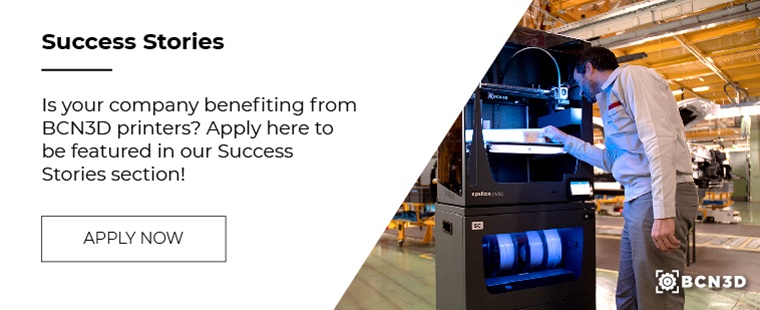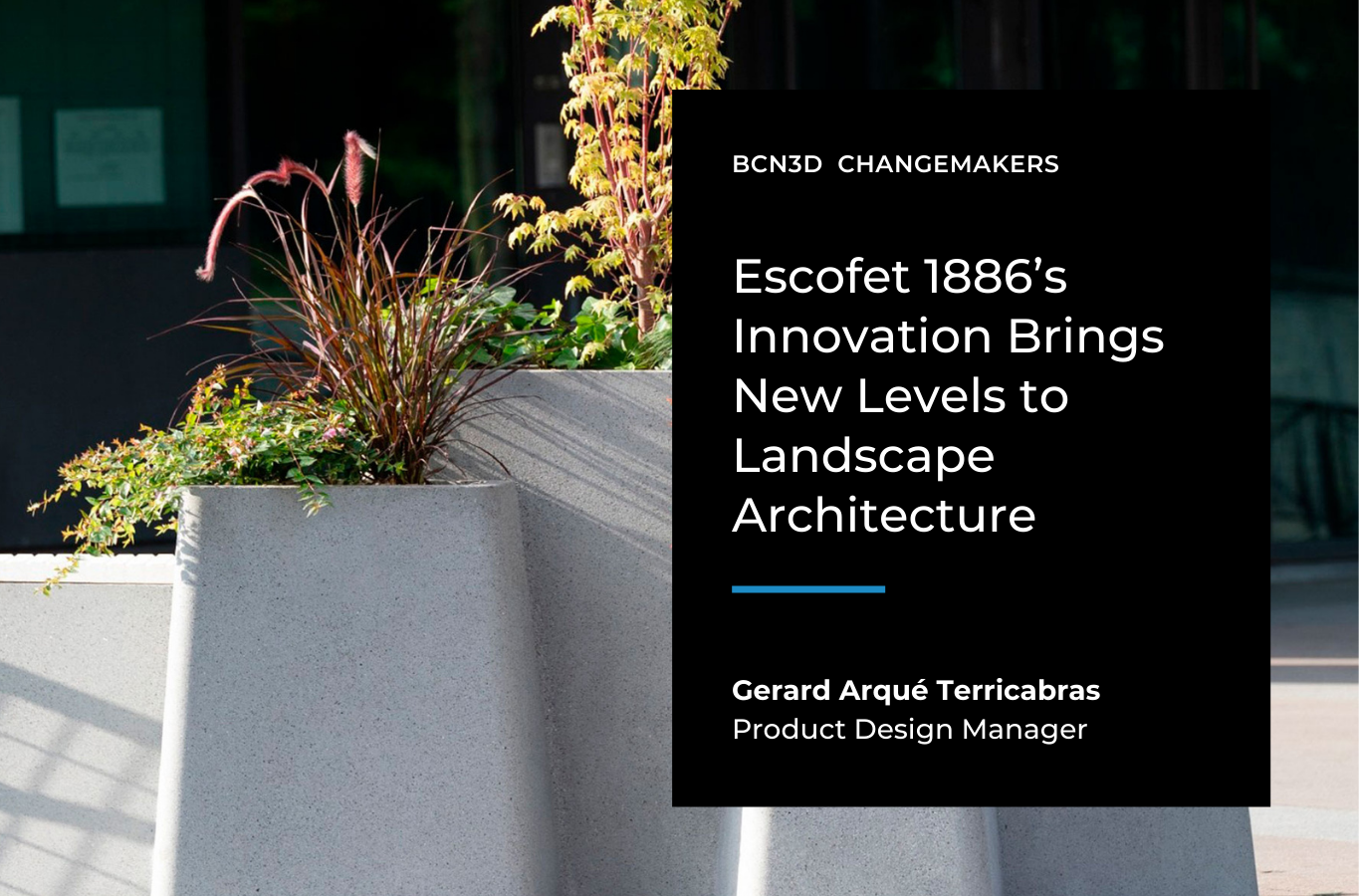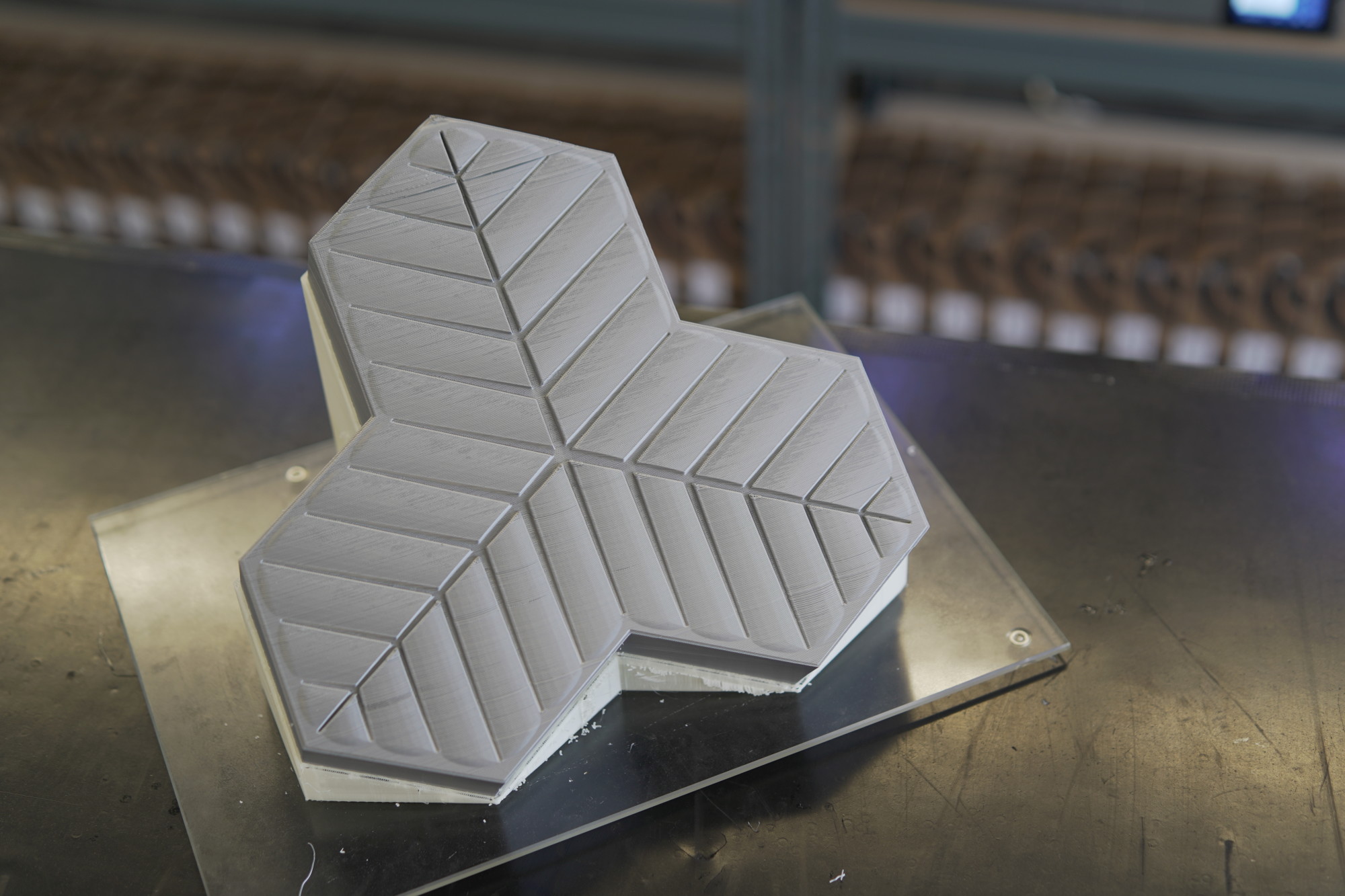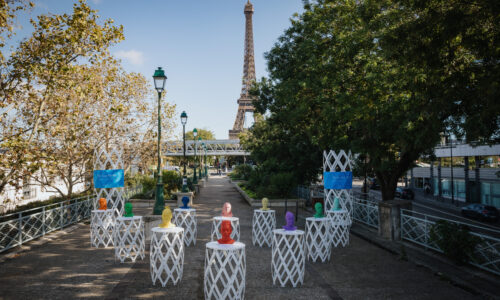Novena brings cultural heritage to life for the visually impaired with 3D replicas
Digital media studio Novena has 3D printed replicas of emblematic castles in Croatia for a unique experience of cultural heritage. The huge print volume and attention to detail of BCN3D printers provided a high-resolution result. During the exhibition, the models enabled blind and visually impaired individuals to learn about their history, plus VR technology made an appearance.
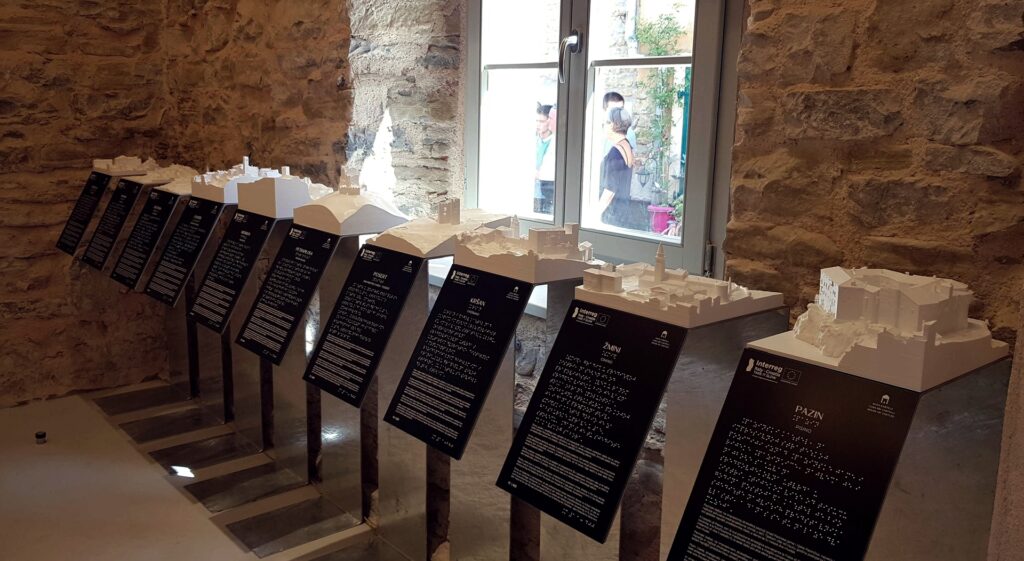
Experiencing something first-hand is always a great way of learning. And with a topic as important as cultural heritage, digital media studio Novena in Zagreb, Croatia, wanted to find an inclusive way of showcasing the beauty of its country’s castles. With this in mind, they took to the Croatian skies to capture and then replicate some iconic castles using BCN3D Epsilon W50 and W27 printers and accompanying Smart Cabinets.
Novena’s multimedia solutions
For the last 30 years, Novena has been developing multimedia presentations of touristic locations, covering multiple cities, museums, exhibitions, and cultural and natural heritage sites. The team has been busy creating innovative solutions for clients both in Croatia and abroad, keeping a close eye on the latest technologies.
The castle project
One of the top attractions that bring tourists to Croatia is the beautiful array of castles. Once there were up to 60 dating from the medieval ages standing and many of them remain today. While in the past they served strategic, defensive, and housing functions, they’ve now been adapted for sightseeing.
10 castles in total representing the house of castles in Momjan, Istria were chosen for the exhibition. Guided by the hand of local distribution partner 3DPrintaj, Novena chose FFF technology to give it the speed, functionality, flexibility, and cost-effectiveness it was looking for for this project.
The first step in the creation of these unique pieces was to photograph the castles from the air using cameras placed on drones. From these images, photogrammetry was used to translate them into 3D models on screen. This was not a straightforward task, since each castle consists of its own unique complexities and saturated backgrounds. BCN3D Stratos was the slicing software of choice for a smooth transition and its user-friendliness.
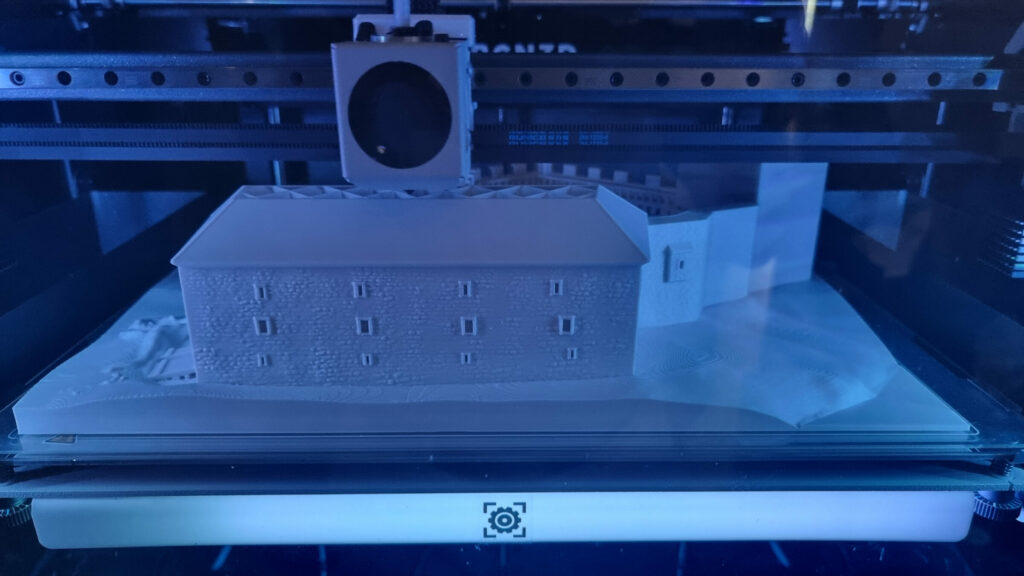
BCN3D printers were used for the high-quality resolution and intricate details. Moreover, the team didn’t have to worry about warping or issues with first-layer adhesion thanks to the stand-out feature of a heated chamber. The printers were complimented by the use of BCN3D Smart Cabinets to keep the filaments in top printing condition. 9 out of 10 of the castles were printed in one piece thanks to BCN3D Epsilon W50’s massive volume of 420x300x400mm.
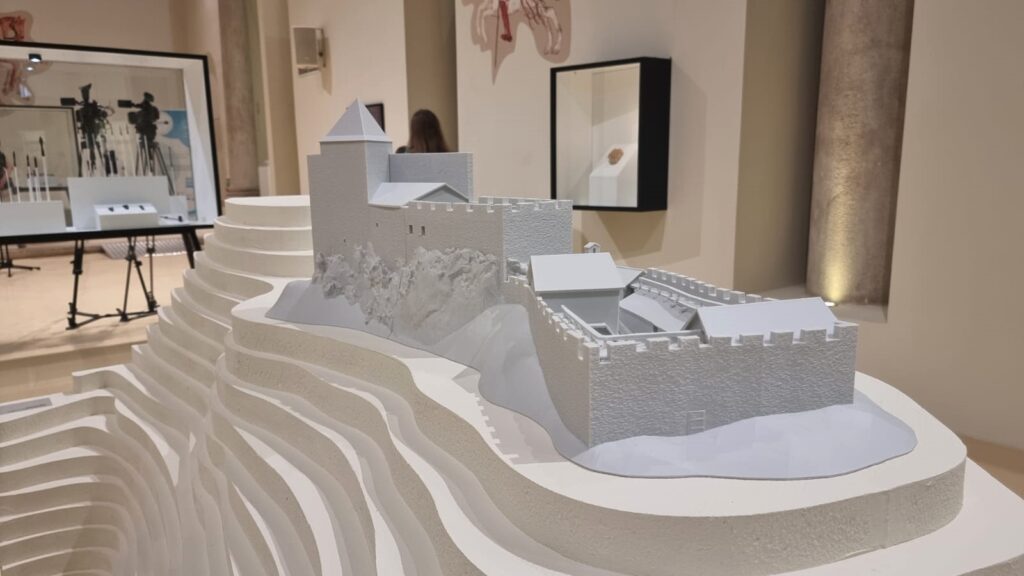
The largest castle Petrapilos (shown above) was printed in several parts with the BCN3D Sigma D25. Dating all the way back to the XI century, this particular castle had a very massive fortification system built to protect feudal lords from their enemies. Petrapilos was completely reconstructed, and as such was photographed and 3D printed as a mini replica. Its construction project received recognition from the jury of the European Heritage Award in May 2020. and you can see the 3D model for yourself in the Archaeological Museum of Istria.
For the models, materials PLA and Facilan C8 were the perfect choices for their ease of use and accuracy.
“We chose PLA and Facilan C8 materials because of their capability to 3D print astonishing details in high precision.” – Ervin Šilić, CEO of Novena.
At the exhibition, visitors could get a real look and feel of the castles which were displayed alongside Braille inscriptions.
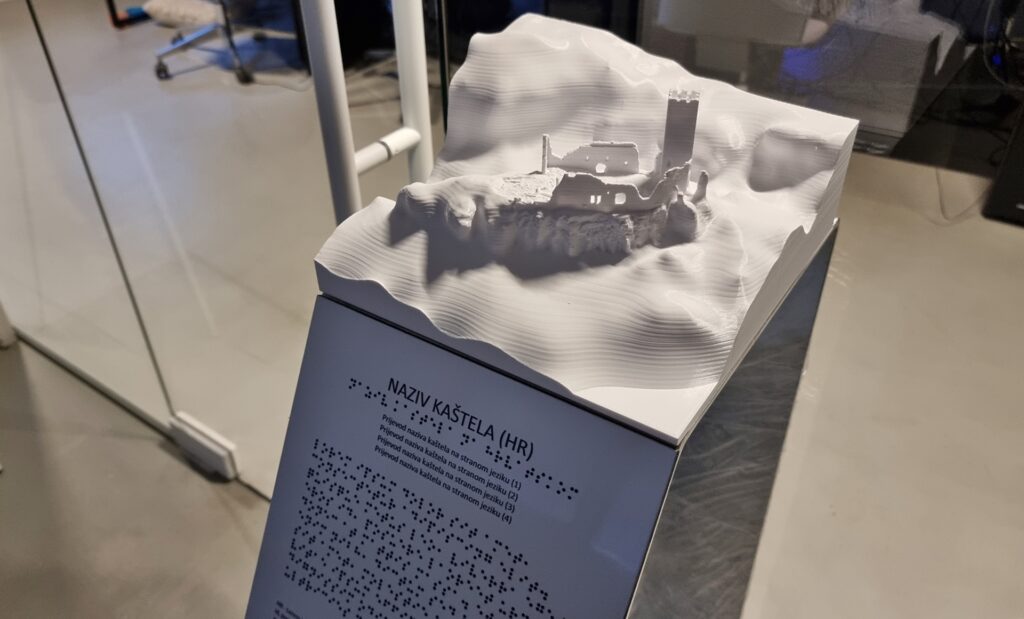
The cherry on the cake was the addition of VR headsets, turning these replicas into the experience of a bird’s eye view flying above the castle.
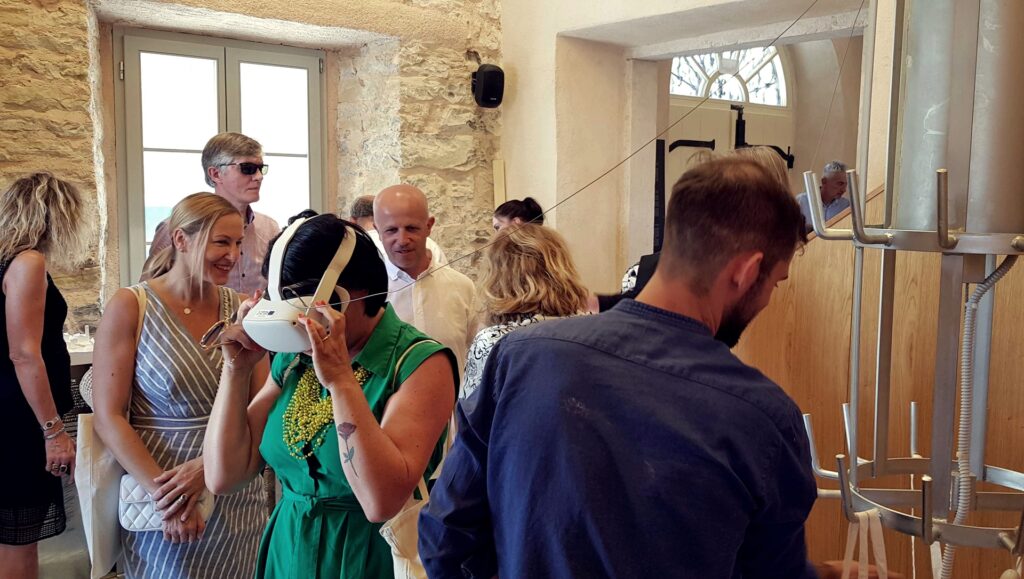
With these replicas, what’s been impossible for many years has become possible. The blind and visually impaired had the opportunity to experience cultural heritage as they never had before. Novena has been implementing BCN3D machines to facilitate production on a variety of projects for bigger parts, better quality, and time savings. Looking forward, the team is planning more mockups for museum settings and multimedia exhibitions.
To read this story in Croatian visit this link.

